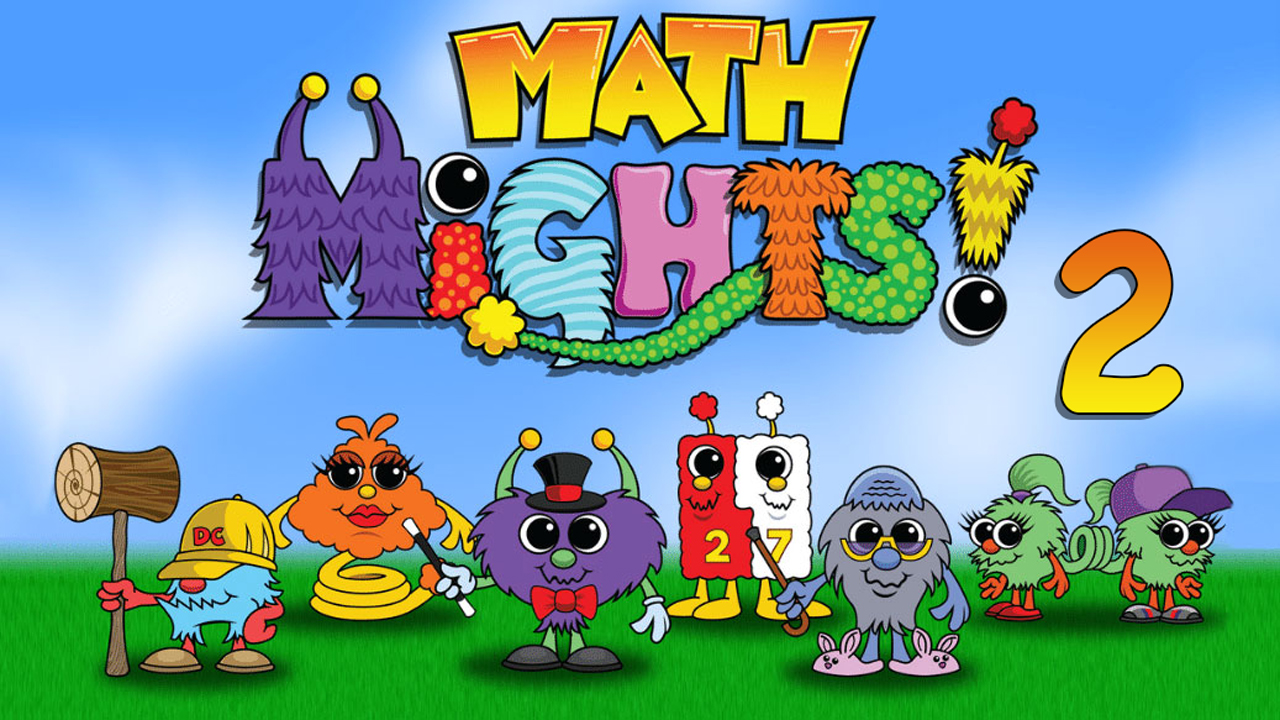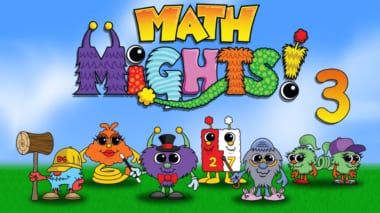Let’s represent multiplication with teen numbers.
Math Mights was adapted from IM K-5 Math™ ©2021 by Illustrative Mathematics® , released under the Creative Commons Attribution 4.0 International License (CC BY 4.0) https://creativecommons.org/licenses/by/4.0/.
Additions and adaptations are ©2021 by Strategic Intervention Solutions, LLC
Interpret products of whole numbers, e.g., interpret 5 × 7 as the total number of objects in 5 groups of 7 objects each. For example, describe a context in which a total number of objects can be expressed as 5 × 7.
Apply properties of operations as strategies to multiply and divide. Examples: If 6 × 4 = 24 is known, then 4 × 6 = 24 is also known. (Commutative property of multiplication.) 3 × 5 × 2 can be found by 3 × 5 = 15 then 15 × 2 = 30, or by 5 × 2 = 10 then 3 × 10 = 30. (Associative property of multiplication.) Knowing that 8 × 5 = 40 and 8 × 2 = 16, one can find 8 × 7 as 8 × (5 + 2) = (8 × 5) + (8 × 2) = 40 + 16 = 56. (Distributive property.) (Students need not use formal terms for these properties.)
Fluently add and subtract within 1000 using strategies and algorithms based on place value, properties of operations, and/or the relationship between addition and subtraction. (A range of algorithms may be used.)
Visit MathMights.org for more resources.
Download Full Packet
Download the full year's Math Mights extension activities.


